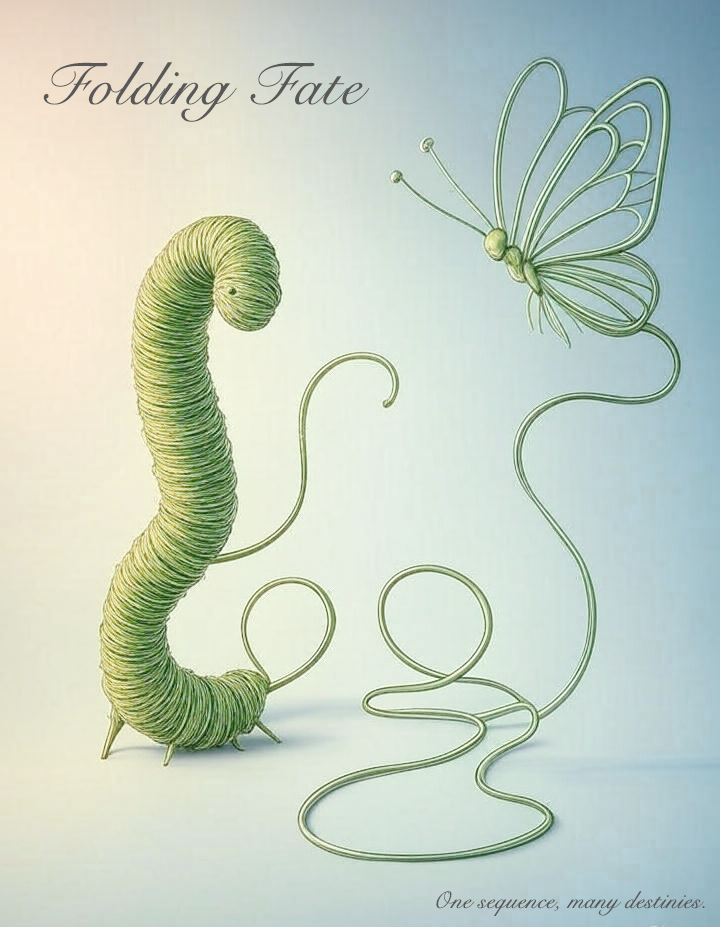
Qi Chen
@qichen_lab
Associate Professor @UUtah @UofUMedicine | sperm RNA-mediated epigenetic inheritance, embryo development, small RNAs, RNA modifications & diseases
ID: 4171681932
http://qichen-lab.info/ 08-11-2015 20:24:40
1,1K Tweet
1,1K Followers
800 Following

Very glad to see our Sequential Activation Hypothesis highlighted on the cover Trends in Biochemical Sciences, linking small RNA-TLR interactions to autoimmune disease mechanisms.


New preprint from the lab! With Brumbaugh Lab, we show that P-bodies sequester developmentally relevant RNAs to influence cell fate. miRNAs direct this conserved regulatory process, and manipulating it enhances totipotency and germ cell programming. biorxiv.org/content/10.110…

We’re excited to share our latest manuscript exploring a fascinating aspect of tRNA biology—how RNA processing interfaces with nucleoside modifications. Just out on Nature Communications 🔬 A wonderful collaboration with Sebastian Glatt nature.com/articles/s4146…


Perhaps our boldest hypothesis… we propose a model for RNA Structural Memory propagation Nature Cell Biology, where RNA conformation is reshaped by stress, locked by RBPs, copied prion-like in condensates & passed across generations—all without altering DNA.🧵 rdcu.be/eBwPJ







1/ Excited to share our new study with Brumbaugh Lab, now out in Nature Biotechnology! P-bodies selectively sequester RNAs encoding cell fate regulators, often from the preceding developmental stage. Releasing these RNAs can drive changes in cell identity. 🧵nature.com/articles/s4158…



